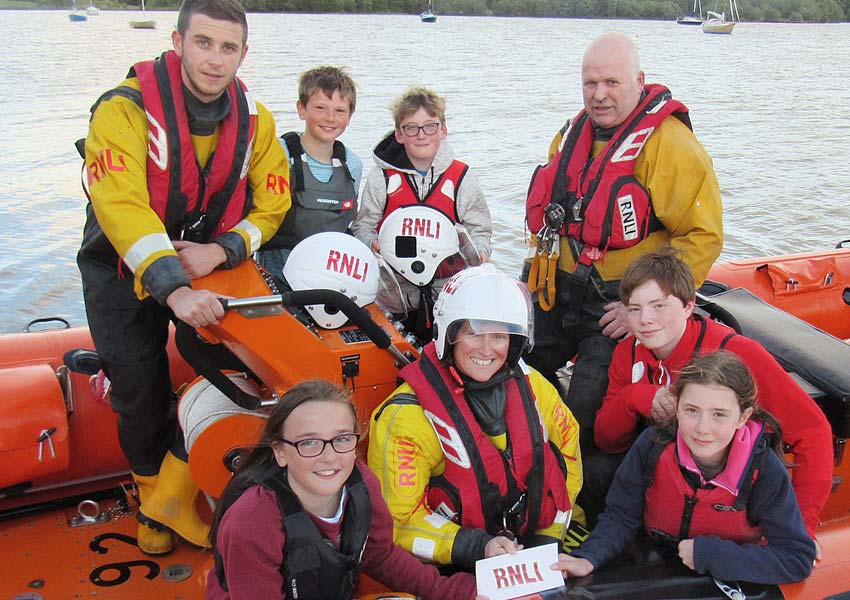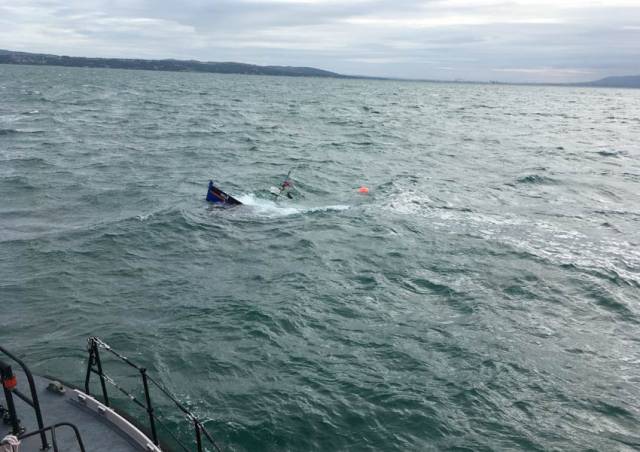#RNLI - Two RNLI lifeboats were launched on Friday (31 August) at the request of Belfast Coastguard to assist a pleasure fishing boat with four people onboard off Carrickfergus.
Bangor RNLI was first to launch at 3.15pm to reports that a fishing boat had a fouled propeller and was taking on water while drifting ashore onto rocks near Carrickfergus.
Once on scene, the Bangor lifeboat crew established a towline and were able to pull the sinking boat off the rocks, as well as transfer two of its crew to the safety of the inshore lifeboat Jessie Hillyard, where they were given casualty care.
The remaining two fishermen were recovered on the shoreline by coastguard members.
Due to the vessel taking on too much water, the decision was taken to request the assistance of Donaghadee RNLI’s all-weather lifeboat and use its salvage pump to try and save the vessel.
Bangor cut their towline and proceeded to take the two casualties, who were wet and cold, to Carrickfergus and the care of the waiting coastguard crew.
Donaghadee’s volunteers were paged at 4.12pm and proceeded on their lifeboat Saxon at full speed to the last reported location of the sinking vessel.
Upon arrival, the fishing boat was already semi submerged and in the shipping lane, posing a danger to shipping traffic and local boats.
The crew were able to secure a line and tow the boat to shallow waters just north-east of Carrickfergus and prevent it becoming a danger to other boats. Unfortunately, the boat was unable to be recovered.
Speaking after the dual operation, Donaghadee RNLI coxswain Philip McNamara said: “Although unable to make it on time to save the fishing boat, the main concern is the safety of the crew members onboard. Thankfully the speedy response of our colleagues in Bangor ensured the people were brought to safety before the situation deteriorated any further.
“The crew member that requested assistance as soon as they realised they were in trouble did the right thing; the two crew members that made it ashore were very lucky to do so. If in difficulties it can be best to stay with your vessel as long as possible and avoid entering the water if you can.”
In other RNLI news from Northern Ireland, young members of Lough Erne Yacht Club went the extra mile for the lifesaving charity when they held a mini triathlon that raised £310 for Enniskillen Lifeboat Station, based at their club.

Emma Brines and Emily Torrens along with Peter Brines, Charlie Valentine and Adam Torrens presented the cheque to Lifeboat crew members Olivia Crosgrove, Padraig Lunny and helm Brian McAleer (photo by Bob Torrens). The young sailors thanked club members, family and friends for their support.































































